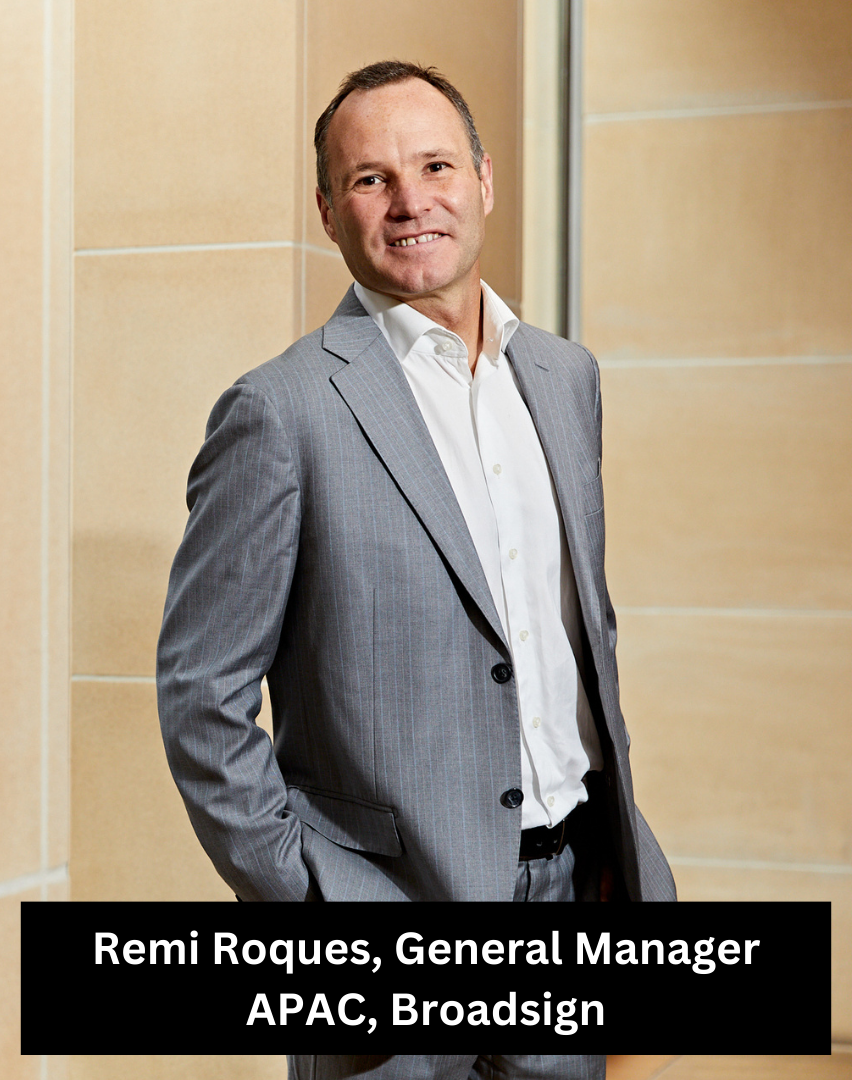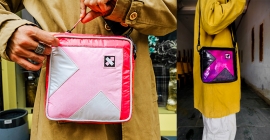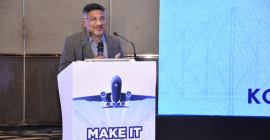Is programmatic suitable for all DOOH purchases?
By Rajiv Raghunath - August 17, 2023
Remi Roques, General Manager – APAC, Broadsign writes about the different scenarios to be considered while going in for pDOOH buying
 It is my wife's birthday in three weeks, and like most husbands, I had the excruciating task of finding her birthday present. I have already offered her perfumes, jewellery, and well-being products for her birthday in the past. This year, however, I set my eyes on a new bag as her handbag was at least 15 years old.
It is my wife's birthday in three weeks, and like most husbands, I had the excruciating task of finding her birthday present. I have already offered her perfumes, jewellery, and well-being products for her birthday in the past. This year, however, I set my eyes on a new bag as her handbag was at least 15 years old.
I started figuring out where to buy the bag. The options were many. I could get it from an artisan at the Sunday markets or hit department stores, or pop into retail stores selling premium brands. Or I could just look online where there are e-commerce marketplaces like Amazon, Flipkart or eBay. If I were to consider being brand specific, I could always go to that e-commerce website and shop. On the other hand, the local newspaper always features second-hand offers.
Whichever way I choose to go, there are advantages and disadvantages in how I was going to buy this dream bag.
But isn’t that the case for everything in life? Isn’t that the case for buying advertising campaigns?
As the general manager of Broadsign in the Asia Pacific region, I often see OOH media owners embracing programmatic selling as a new source of revenue.
But is programmatic selling really what all advertisers want? Or does it match only a specific type of buyer? I wonder if media owners should offer all DOOH screens programmatically. Like the many options to buy a bag, programmatic is only a buying option for DOOH.
Programmatic buying has its advantages. Let’s start by recognising that advertisers can purchase OOH media space on an Internet portal without human intermediaries — no need to talk to any sales rep.
Marketers can also conveniently explore several campaign scenarios or plans by themselves and choose the best option that match their needs.
All programmatic campaigns have the goal of delivering a defined number of impressions. The ad-exchange or programmatic bidding engine does all the work and decides where and when the ads will play.
In programmatic platforms, buyers can set some constraints on the campaigns that will target screens, specific audience demographic, hours of the day, points of interest, and many other attributes. It is often not as quickly done in a direct transaction.
Programmatic also brings flexibility. While a campaign is underway, advertisers can stop or pause it at any time or adjust its parameters. These advantages make programmatic transacting so powerful for buyers and sellers.
However, we should not forget some of the disadvantages of programmatic buying.
First, media owners have experienced sales teams who can advise buyers on the best screen combinations based on the campaign objectives and make valuable recommendations. Programmatic buyers only sometimes benefit from these recommendations when they buy on open exchanges.
By working closely with the media owners’ sales teams, advertisers and agencies receive personalised treatments like volume deals, preferred rates, attribution studies, and personalised reports.
While some OOH media owners still need the tools to offer their clients campaigns with impression goals or screen targets, early adopters have implemented in-house ad-server capabilities from software vendors like Broadsign. Today, direct sales teams can offer the same campaigns that agencies can buy programmatically and avoid the staggering platform fees.
Finally, remember that impressions do not consider the screen's impact factor. For example, a large roadside spectacular airport billboard has a different impact than several iPad-like small format elevator screens. The number of impressions of an ad play on a premium screen can equal that of 100 elevator screens, but the impact and audience engagement will be different.
These are some of the many reasons why a non-programmatic sale experience can be so valuable.
Large numbers of small-format screens are usually more suitable for programmatic trading as buyers can purchase these screens in bulk. Similarly, agencies pressed by time can use programmatic platforms for screens from multiple media owners on a single portal in a few clicks. Media planners who like to search and fiddle with parameters would be more tempted to use programmatic platforms. Finally, media owners who need the tools to sell campaigns by impressions will also likely rely on the functionalities of programmatic platforms.
Conversely, media owners with premium screens will want to create a selling experience and prefer only to offer them directly. They will also want to promote the quality of their inventory and how it is maintained. Buyers who need tailored reports pre- or post-campaign will wish for the support of the media owner sales teams. Like any other business, agencies always seek ways to minimise costs. Discounts, kick-back, and bonuses are a great way to incentivise agencies to buy directly.
Broadsign offers a Supply-Side-Platform to OOH media owners and, in specific markets, a Demand-Side-Platform to agencies and brands — our programmatic tools are amongst the best in the world. However, Broadsign has several direct sales tools for guaranteed and non-guaranteed campaigns. These tools allow several types of campaigns, including frequency buys, share-of-time, takeover, impression, budget or play goals, moment and many other combinations. These combinations of tools offer advertisers, agencies, and media owners the option to buy OOH in many ways.
And for me, it is the most important: there is not one size that fits all. Everyone has different buying goals and should have the choice to buy media how they want.
After several nights of thinking about the kind of bag I would get my wife for her birthday, I decided to ask my sister-in-law to help me. I will not share the brand we chose and how we bought it. It is a secret

Stay on top of OOH media trends








